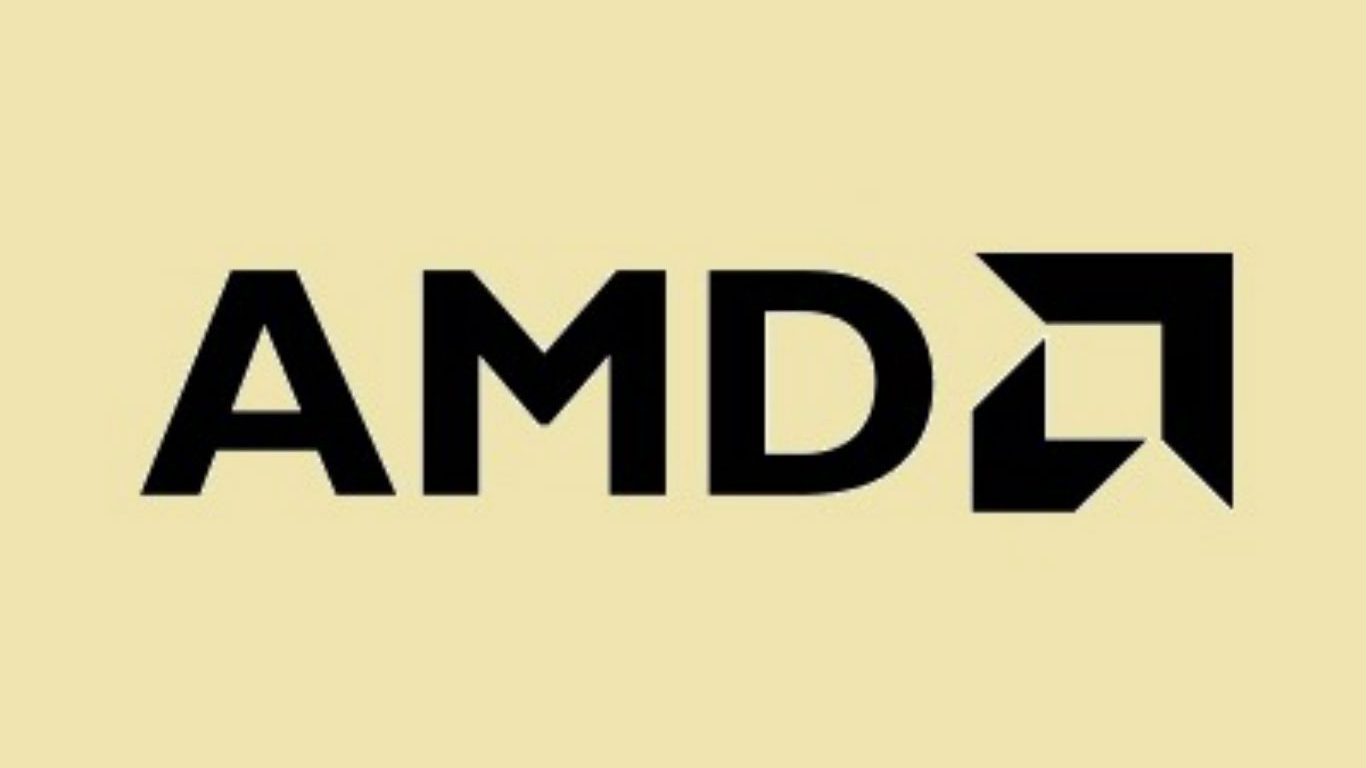
When Advanced Micro Devices (NASDAQ: AMD) reported first-quarter results in late April, the chipmaker came in slightly below profit estimates and slightly above estimates for revenue. The share price dipped by about 2% but still traded up nearly 9% for the year to date.
On a year-over-year basis, AMD blew the doors off. Operating income totaled $262 million, up from just $16 million in the first quarter of 2019. Sequentially, however, operating income fell from $360 million in the fourth quarter of last year.
The company attributed the year-over-year increase to significantly higher revenue and the sequential decline primarily to lower revenue. What that meant was that the COVID-19 pandemic had an impact on first-quarter earnings, and that gave investors and analysts a reason to reflect on what might lie ahead for the company.
How Analysts Reacted to AMD’s First-Quarter Results
In general, most analysts were satisfied with their prior ratings although some moved AMD stock up a notch. Here’s a quick look:
Credit Suisse reiterated a Neutral rating with a $33 price target.
Wedbush reiterated an Outperform rating and raised its price target from $57 to $60.
RBC reiterated a Buy rating and $66 price target.
Nomura maintained a Buy rating with a $64 price target.
UBS reiterated a Neutral rating and raised its price target from $48 to $52.
Piper Sandler reiterated an Overweight rating and raised its price target from $58 to $60.
Wells Fargo reiterated an Equal Weight rating and raised its price target from $50 to $55.
JPMorgan upgraded to Neutral from Sell and raised its price target from $45 to $52.
Rosenblatt Securities reiterated a Buy rating and raised its price target from $65 to $70.
The stock closed at $52.39 the day after AMD reported results and the average price target is around $53.50. The stock has some room to run.
How AMD Sees the Rest of 2020
Unlike most other companies, AMD did not withdraw guidance. Instead, the company said it expects revenue of around $1.85 billion (plus or minus $100 million), a year-over-year increase of 21% and a sequential increase of 4%. Adjusted gross margin is expected to dip from 46% to 44% quarter over quarter as the company ramps up production of its next-generation semi-custom products.
Despite lower demand expectations due to COVID-19, AMD expects 2020 revenue to rise in a range of 20% to 30% year over year and to realize adjusted gross margin of approximately 45% for the year.
To get to those numbers, AMD sees strong demand for graphics cards and gaming consoles. The company expects to introduce the first processors based on its next-generation “Zen 3” core later this year. The next generation “Zen 4” core is currently in design and is targeted to use advanced 5nm process technology.
The company’s data center offerings include its second-generation EPYC processors in enterprise, cloud and high-performance computing markets. AMD expects more than 150 EPYC processor-powered cloud instances and 140 server platforms to be available.
Where’s the Competition?
AMD’s main competitor in the graphics processing industry is Nvidia (NASDAQ: NVDA), which just completed its acquisition of high-performance interconnect firm Mellanox. The deal sets up another single-source provider for the highly complex and lucrative task of wringing the most performance out of computers that may be miles apart.
Intel Corp. (NASDAQ: INTC) is expected later this year to begin shipping its Xe DG1 graphics cards in notebook computers aimed at video gamers. But industry sources speculate that the company won’t have a graphics card that can be slotted into a PC until next year.
Intel’s role between the two graphics giants is probably limited to keeping prices for these new graphics processing units (GPUs) more competitive. That may not be a role that Intel wants to adopt.
Will the Semiconductor Companies Be Able to Make All These Chips?
For 2020, at least, AMD and Nvidia are likely to compete as much on availability as on performance and price. Both firms use Taiwan Semiconductor Manufacturing Co. Ltd. (NYSE: TSM) to fabricate their products. Last October, TSMC began producing Zen 3 chips for AMD based on its 7-nanometer plus (7nm+) Extreme Ultraviolet (EUV) lithography technology.
Nvidia had jumped ahead a step and booked TSMC’s 5nm EUV production capacity for 2021 while going to Samsung for its 7nm production. According to one report, Nvidia was later “unable to secure enough 7nm capacity” from TSMC and leapfrogged its rival by jumping to the newer technology for next year. That leaves AMD in the driver’s seat for this year, at least, and probably the first part of next year.
COVID-19 has taken its toll on the installation of new equipment to fabricate these processors. It has challenged fabless chipmakers like AMD and Nvidia to book enough capacity at TSMC, pretty much the gold standard among chip manufacturers. Samsung offers a better price, but that’s not terribly important because these high-performance chips command a premium price. At least unless and until Intel decides to enter the game or the U.S. government can persuade TSMC to open a foundry in the United States.
The Wall Street Journal reported earlier this week that the Trump administration is also urging Intel and Samsung to undertake similar projects in an effort to secure a source for the latest chipmaking technology within U.S. borders. With the right incentives, this is not as far-fetched as it might sound.
Thank you for reading! Have some feedback for us?
Contact the 24/7 Wall St. editorial team.





